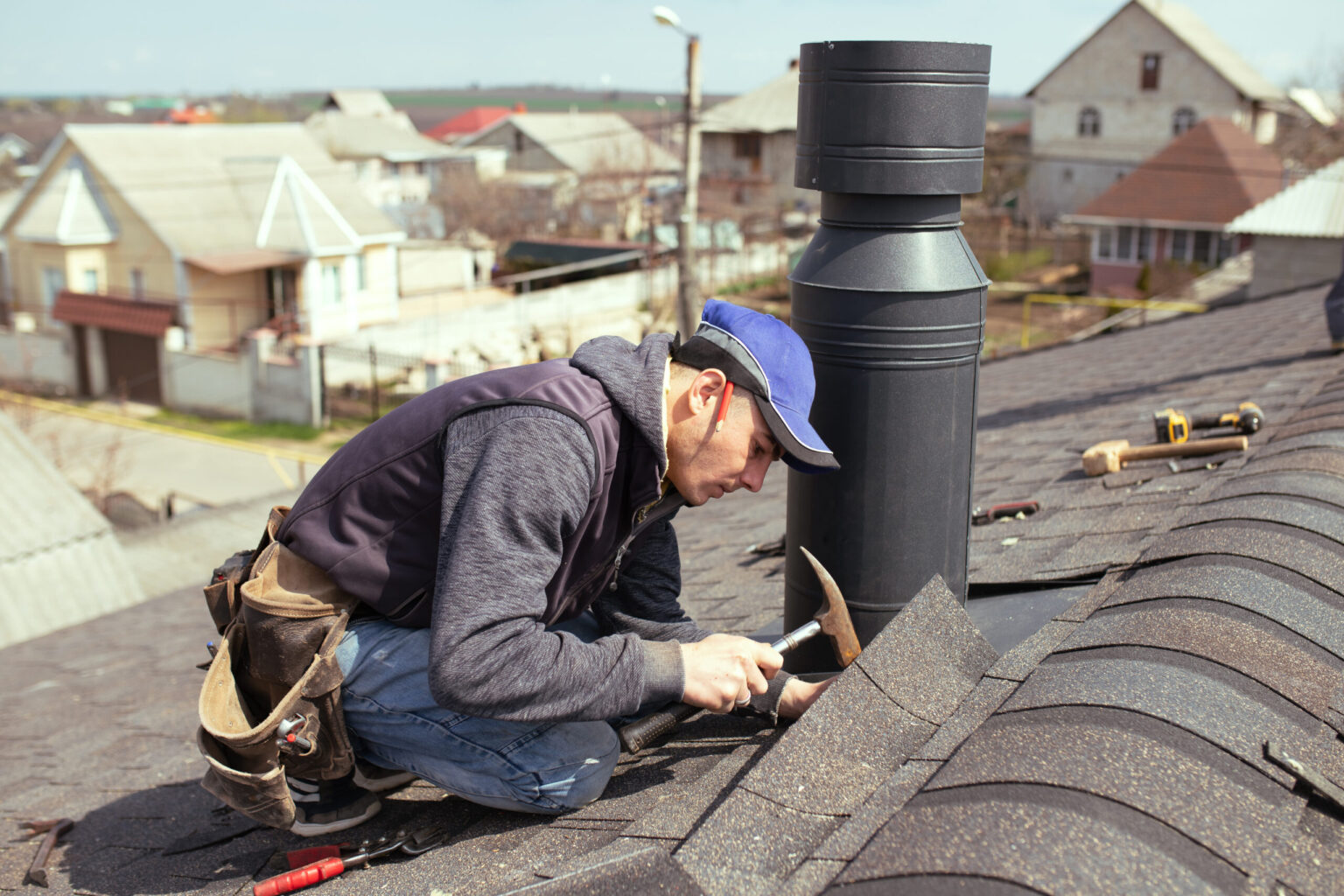Commercial Roofing: What’s Best for Your Business?
Choosing the right roofing for your business premises is an investment worth making. It protects your property, contributes to efficiency, and can even enhance the business’s aesthetic. The variety of commercial roofing materials and designs available can be overwhelming for some. In this article, we will help you understand the different types of roofs for commercial buildings and how to determine what’s best for your business.
Understanding Different Types of Commercial Roofing Materials

A range of commercial roofing materials exist, each with its own advantages and disadvantages. The choice of material largely hinges on the building’s architectural design, local climate, and of course, budget. Working with a reputable organization that provides commercial roofing in Saskatchewan will ensure you select the best possible roofing system for your business. For example, asphalt shingles are affordable and easy to install, but may not last as long as other materials. On the other hand, metal roofing, while more expensive up front, offers longevity and can withstand extreme weather conditions.
Rubber roofing, also known as EPDM roofing, boasts durability and ease of maintenance. However, it is not as visually appealing as some other options. Membrane roofing is also popular for commercial structures due to their resistance to rot and UV rays, and their energy-saving properties. It is imperative to remember that each material requires different maintenance levels and has varying lifespans. By understanding these factors and having a professional assessment, business owners can capitalize on their investments.
Benefits of Metal Roofs for Commercial Buildings

Metal roofing is gaining popularity due to its various benefits. They are remarkably durable; can withstand hail, wind, and even fire; and boast a lifespan of up to 60 years or more. Their reflectivity can also help control energy costs by keeping buildings cooler in the summer. Metal roofing is an environmentally friendly option. It contains recycled content and is 100 percent recyclable at the end of its useful life. The installation, usually quicker than other materials, causes minimal interruption to businesses.
Maintaining a metal roof is fairly simple. Routine inspection and cleaning are usually sufficient to maintain their appearance and functionality. Lack of combustibility is another factor making them an ideal choice for businesses dealing with hazardous materials. Though the upfront investment is more considerable than other roofing materials, the long-term benefits often outweigh the initial costs. However, for businesses in coastal areas, the corrosion and rusting risk may require additional considerations.
Pros and Cons of Flat Roofs for Businesses

Flat roofs, a common choice for commercial buildings, can be both practical and aesthetically pleasing. They are cost-effective to install, easy to maintain, and provide extra space for HVAC systems, solar panels, or even rooftop gardens. When properly installed and maintained, flat roofs are durable and resistant to the elements. Commercial businesses often choose these for their convenience and space utilization advantage. They offer easy access and egress, simplifying maintenance and repair activities.
However, flat roofs have some disadvantages to consider. They often require more maintenance than pitched roofing due to their vulnerability to water pooling. This can lead to leaks and structural damage if not attended promptly and this can lead to mold, which can cause health issues. Despite the challenges, with routine maintenance and careful material choice, flat roofs could be a functional and affordable roofing option for businesses.
Exploring Green Roofing Solutions for Sustainable Businesses

As businesses become more environmentally conscious, green roofs, also known as living roofs, are becoming increasingly popular. They reduce heat absorption, enhance energy efficiency, and provide a habitat for local ecosystems, transforming a standard roof into a beautiful, sustainable feature. Green roofs can moderate building temperature, lowering energy costs, and they also contribute to water management by absorbing rainwater to mitigate runoff and flooding risks. Aesthetically, they can create a visually appealing environment for businesses, potentially attracting more clients or customers.
However, maintaining a green roof requires more effort than conventional roofing materials. They suit certain building types more than others and may require structural reinforcement due to the extra weight. Cost-wise, installing a green roof involves higher upfront costs, but the long-term sustainability benefits and the potential to increase property value might outweigh these initial expenses.
As this blog has illustrated, finding the right commercial roofing for your business involves a thorough understanding of the various types of materials, their pros and cons, and your specific business needs. By doing so, you can protect your investment and ensure continued operation, regardless of what Mother Nature has in store. Follow our advice and you can trust that you’ll find the best possible roof for your business.


